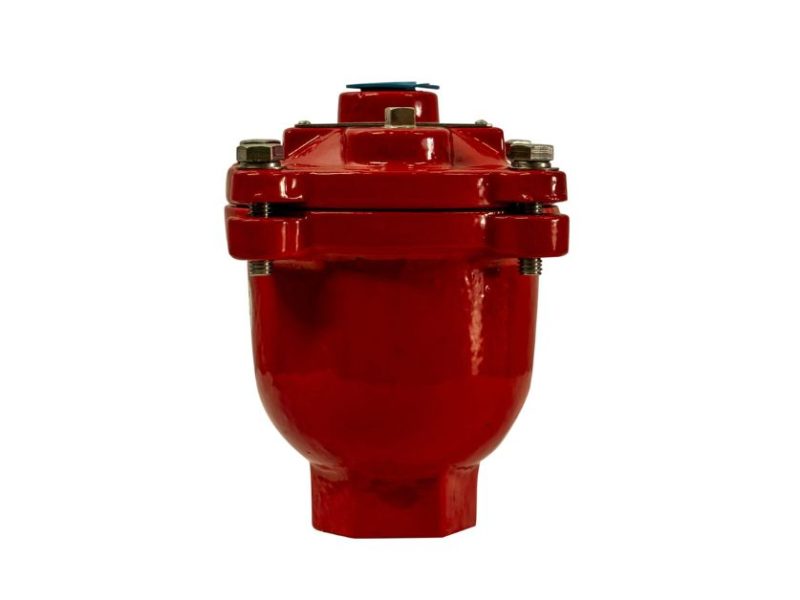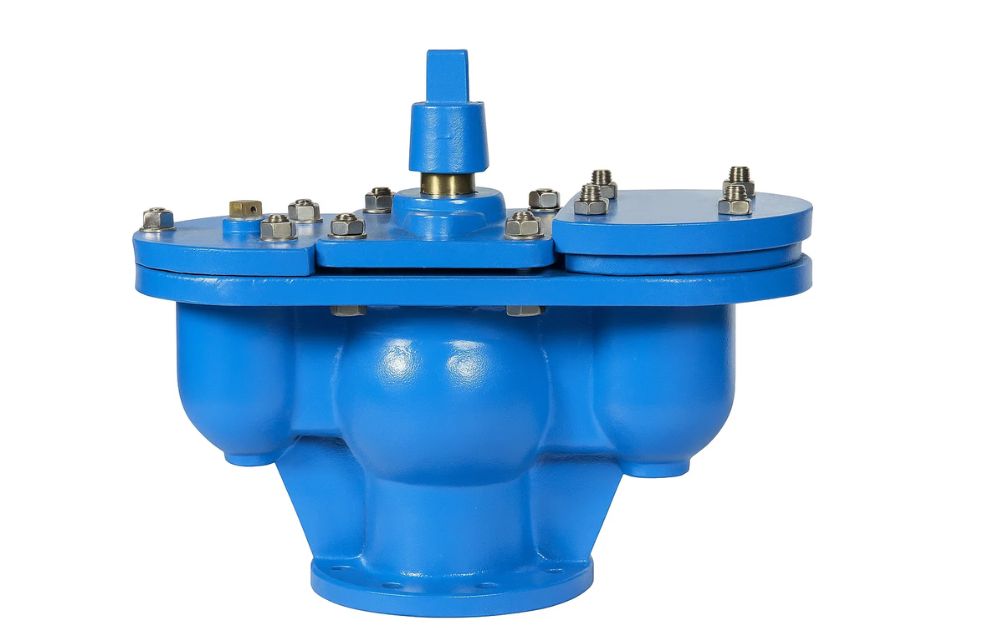
Air release valves play a key part in various industrial systems by removing trapped air from pipelines. However, when these valves malfunction, they can become a fire hazard. Recognizing the early signs of a failing air release valve is vital in preventing catastrophic events, including what’s commonly referred to as an Air release valve fire. In this blog, we’ll explore the key warning signals of a failing valve and why regular maintenance is essential.
1.Unusual Noise from the Valve
When air release valves malfunction then operating sounds become unusual and loud. The sound of whistling or hissing or rattling will suggest any combination of internal damage with blockade or pressure accumulation in the system. The strange noises do not only disrupt but they also reveal potential heating and sparking issues that could trigger fires.
2.Pressure Build-Up in the System
When air release valves stop functioning properly, trapped air cannot escape the pipeline. This results in pressure accumulation, which can strain other components in the system. High pressure not only reduces efficiency but also increases the chances of an air release valve fire due to the potential for ignition when combined with heat and flammable materials.
3.Leaking Fluid or Air
Leaks are a clear red flag. If the valve is leaking air or fluid, it means that the sealing mechanism has failed. These leaks can become ignition points, especially in environments with high temperatures or flammable substances. Regular inspection for visible leaks can prevent small issues from escalating into fire hazards.
4.Corrosion or Physical Damage
Corrosion is another common problem in air release valves, especially those exposed to harsh industrial environments. Rust, pitting, or cracking weakens the structure of the valve, potentially leading to failure under pressure. Corroded valves are more prone to sparking or combustion, contributing to the possibility of fire.
5.Delayed or No Response
An air release valve that does not respond promptly to pressure changes is a serious concern. This can result in accumulated air pockets that interfere with flow and generate localized heat. In some cases, this heat can ignite flammable gases, making the valve a direct fire risk.
6.Irregular System Performance
A poorly functioning valve affects the entire system. If you notice fluctuations in flow rate, pressure drops, or inconsistent performance, it could be linked to valve inefficiency. These irregularities often indicate the valve is not properly venting air, which could lead to overheating and, eventually, combustion.
Why Regular Maintenance Matters
The highest priority should be allocated to regular inspections and maintenance routines to minimize fire risks. Protection checks should incorporate various tasks such as cleaning operations with additional pressure analysis routines and regular oiling maintenance and mandatory parts replacements when due. High-quality valves combined with relationships with reliable service suppliers diminish both system failure risk along with enhancing general operational security.
In Conclusion
The signs of a failing air release valve—noise, pressure buildup, leaks, corrosion, delayed response, and irregular performance—are not just operational issues; they are potential fire hazards. Recognizing & addressing these issues early can help prevent the serious consequences of fire.
For reliable, fire-safe air release valves and expert maintenance services, trust Sensor Tech—your partner in industrial safety and performance.





